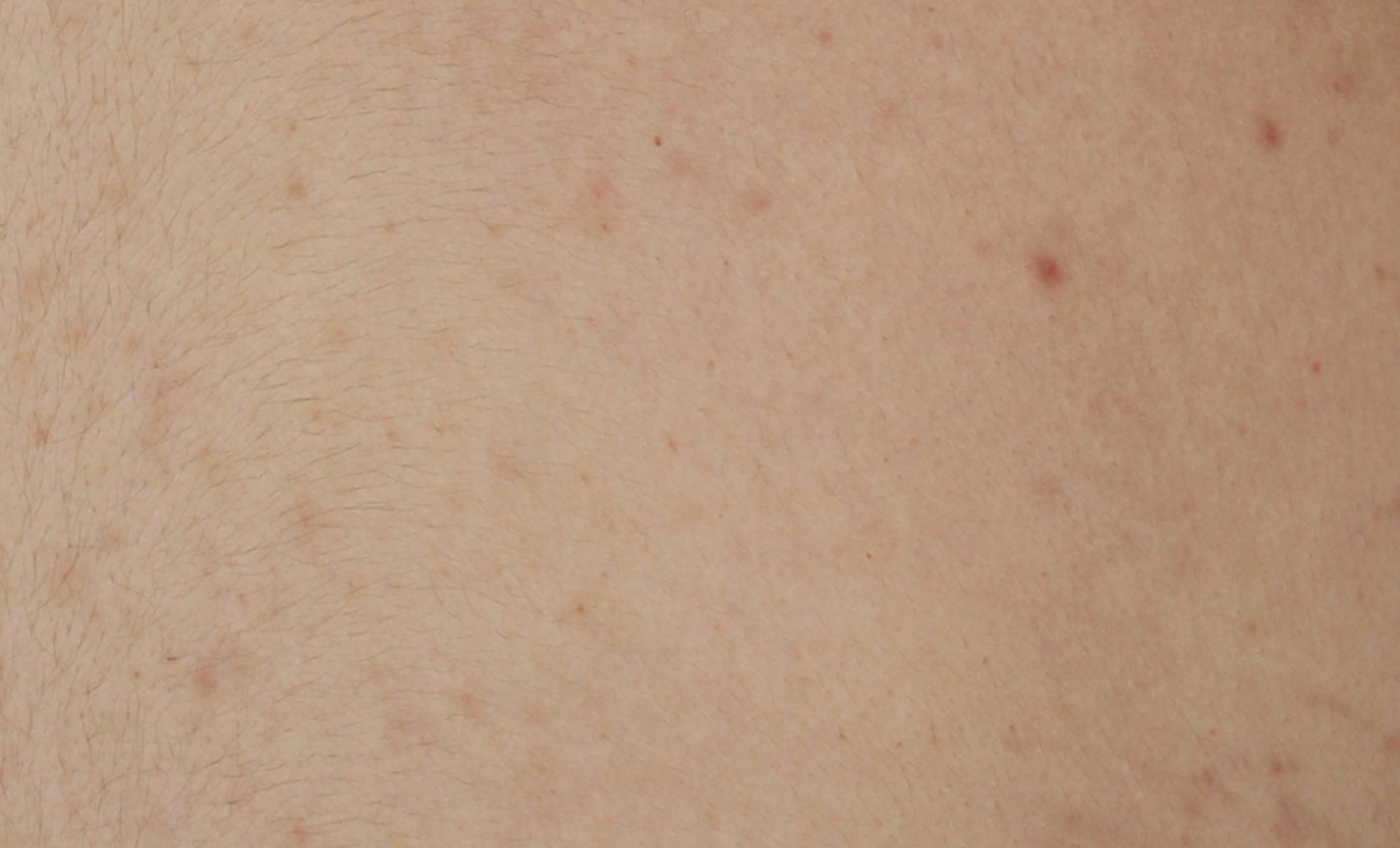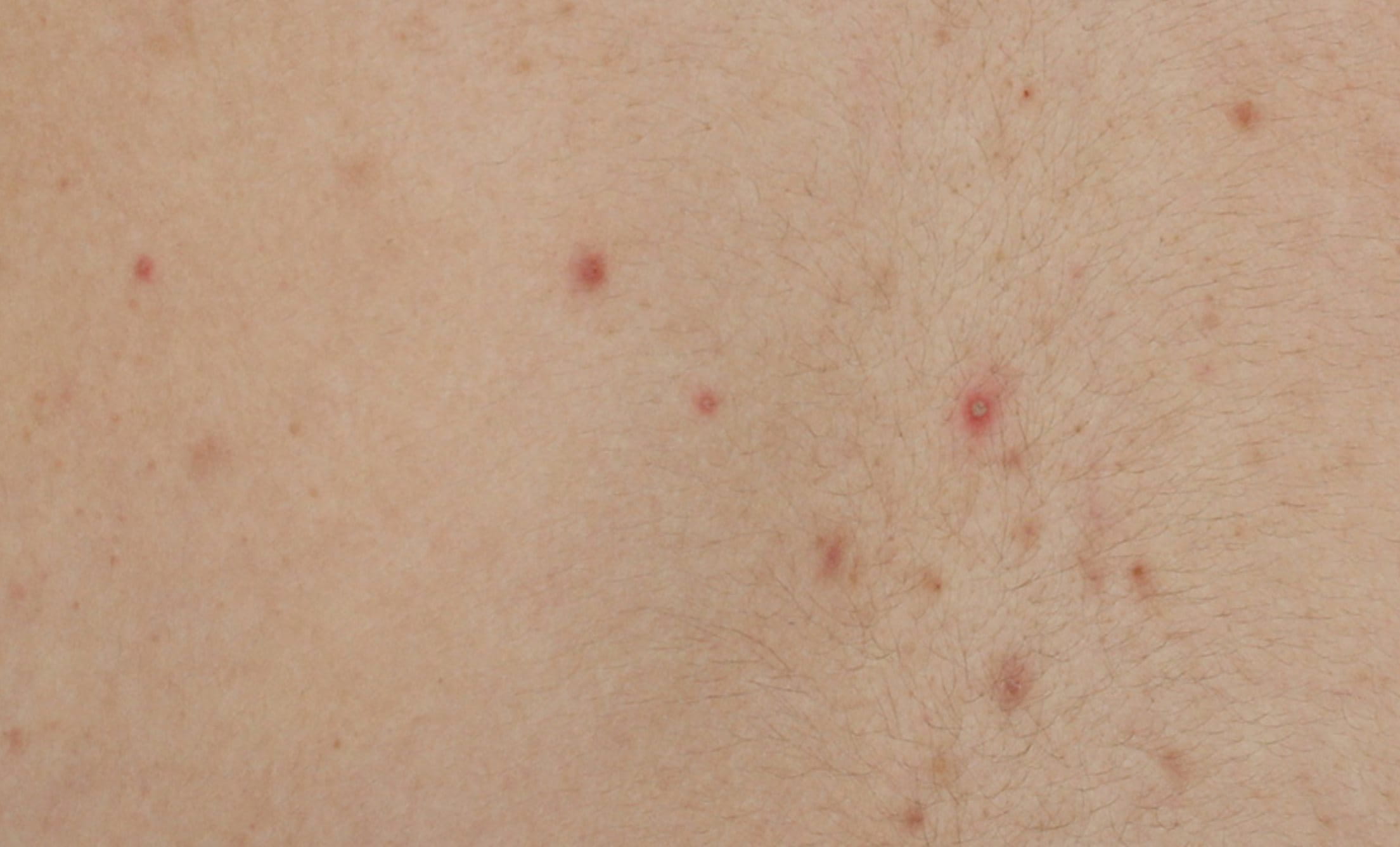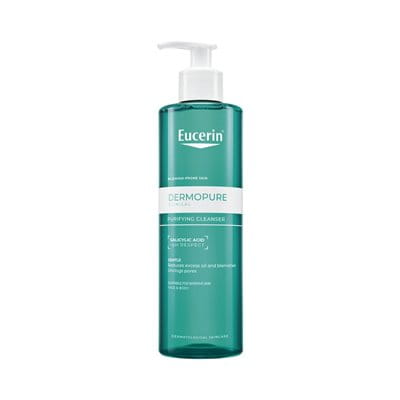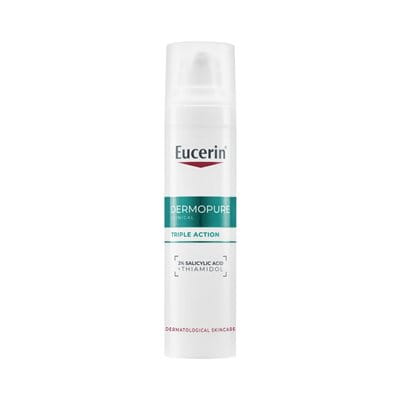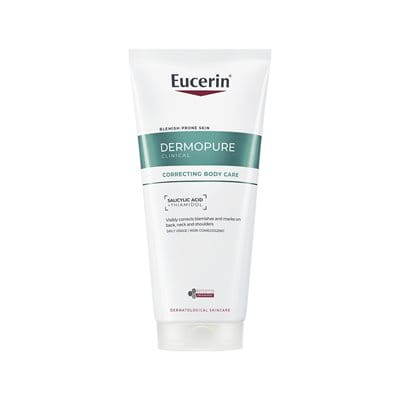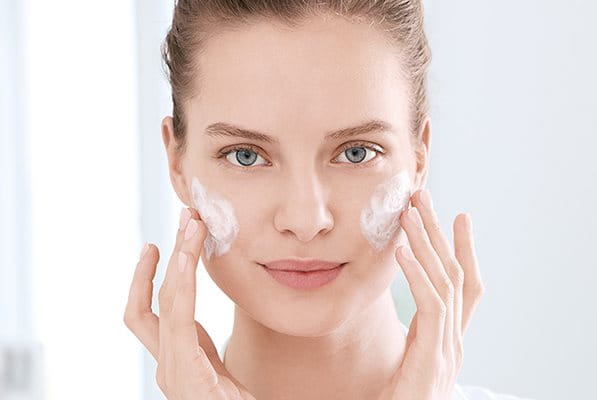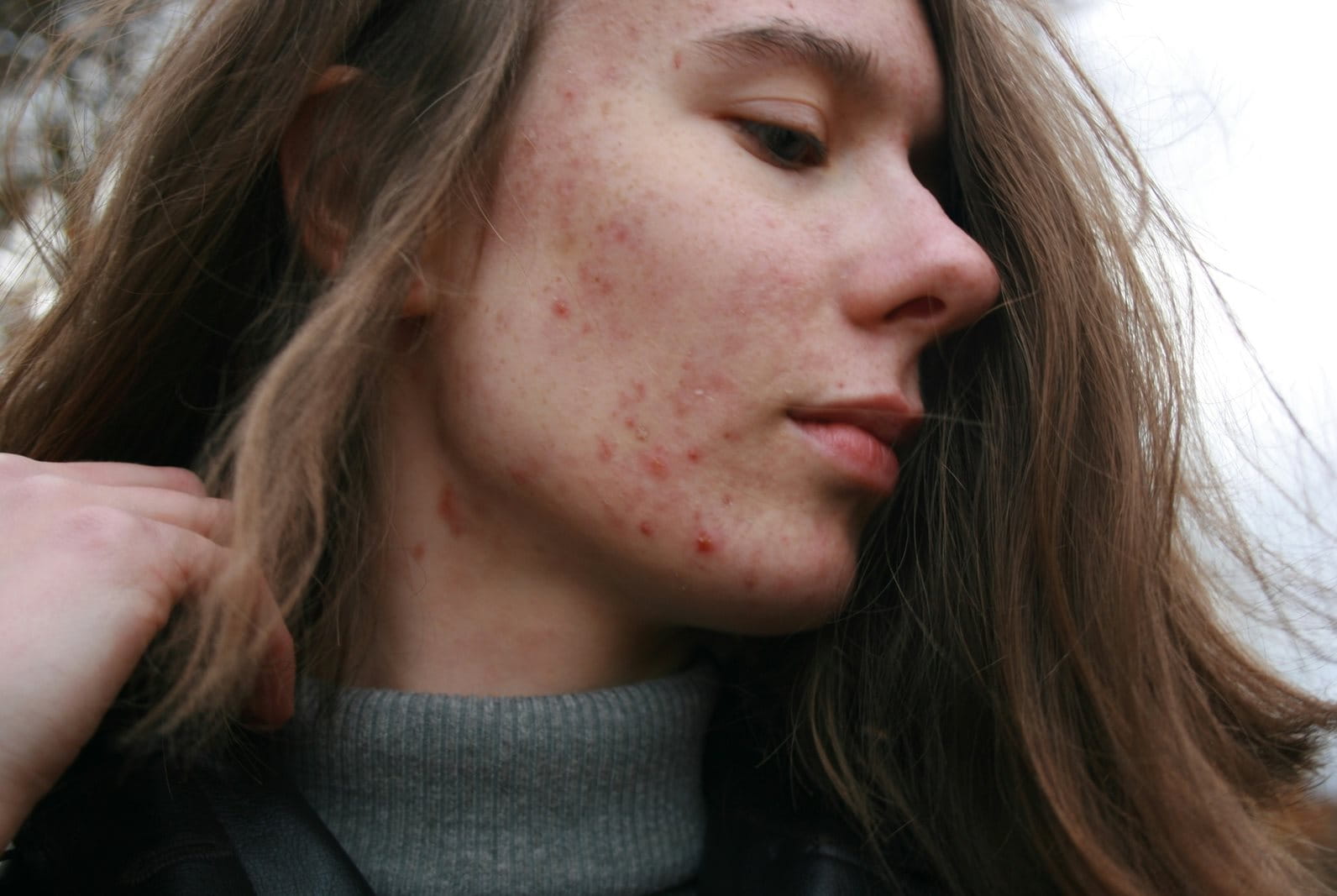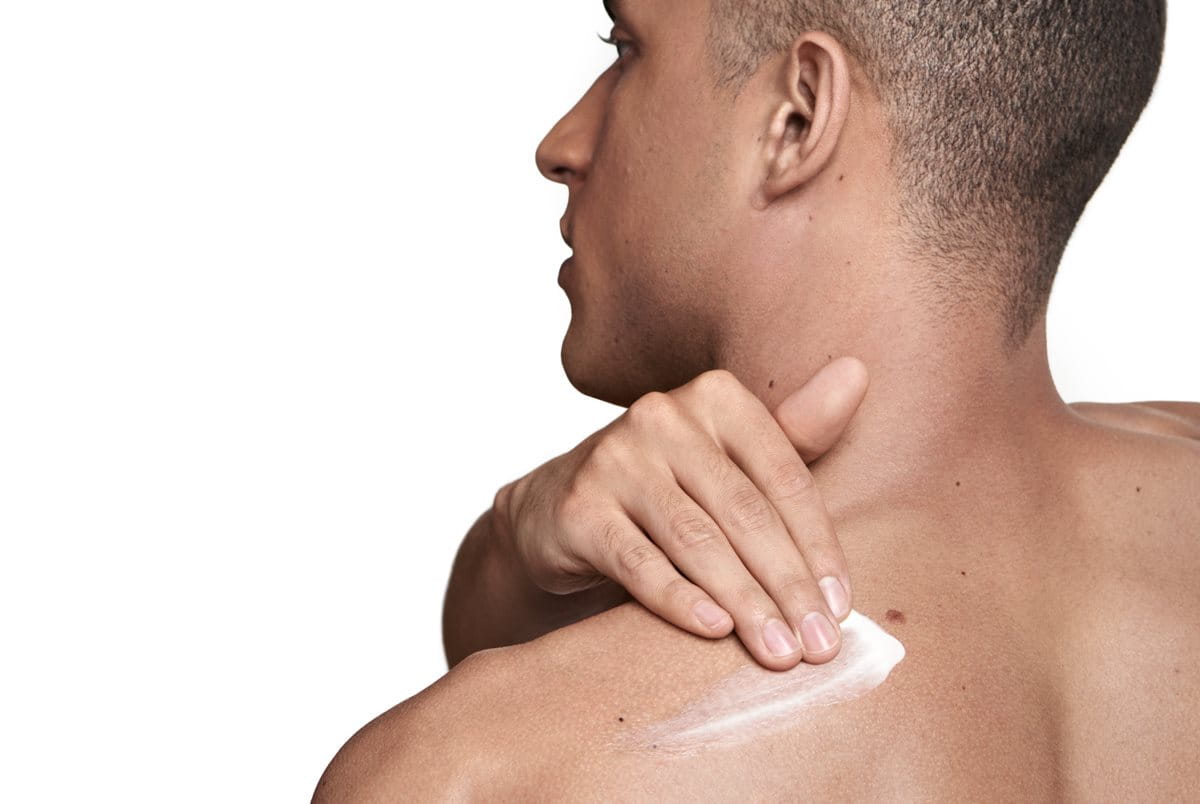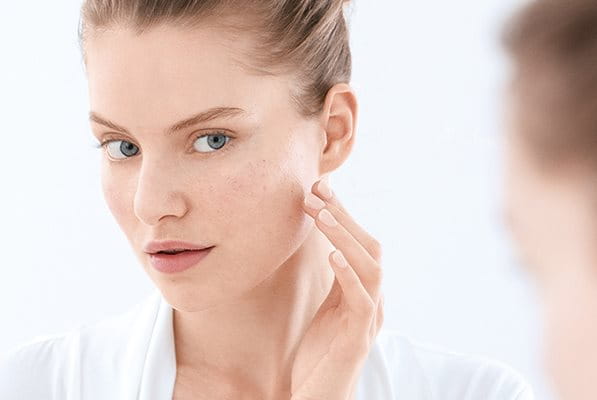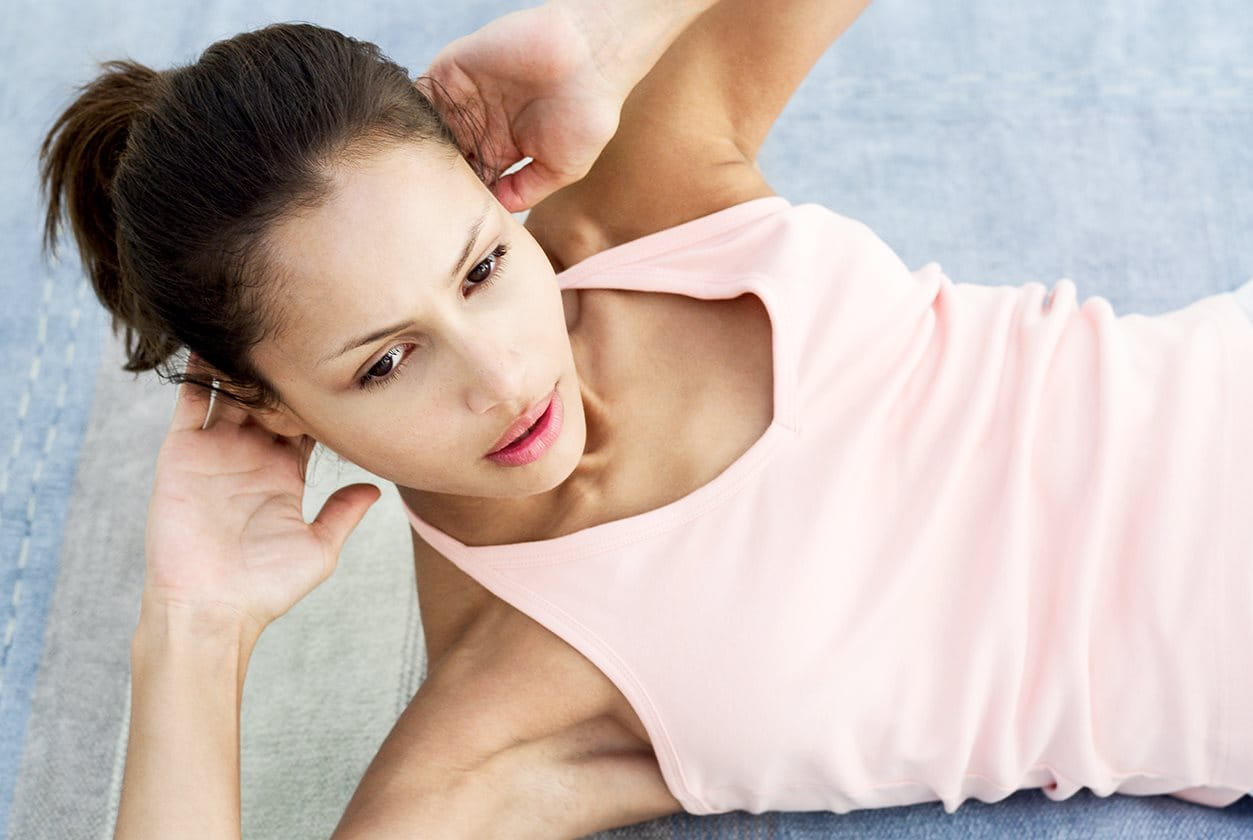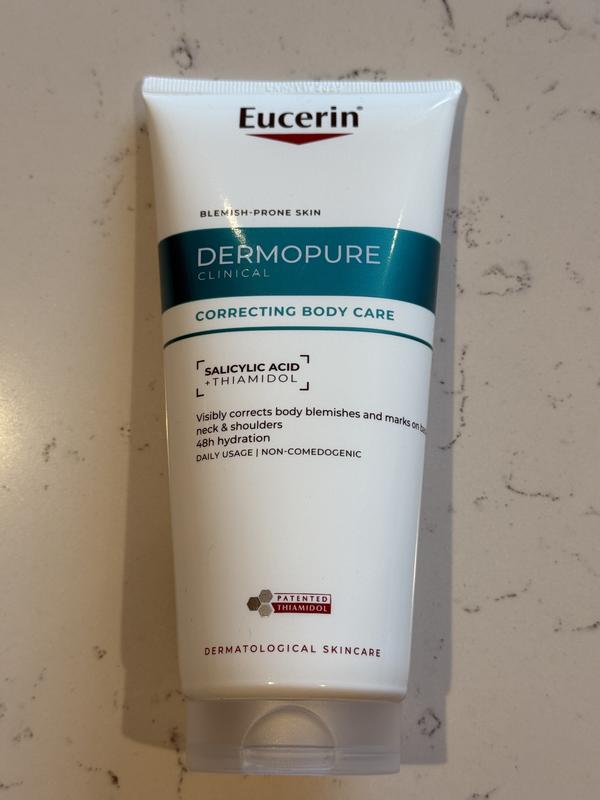What are post-acne marks (post-inflammatory hyperpigmentation or PIH for short)?
The root cause is increased melanin production—the pigment that defines a person’s skin colour—stimulated by inflammatory factors. The blemish triggers melanocytes, the melanin-producing cells, to release excessive melanosomes (pigment granules). These excess pigment granules darken and discolour the previously affected area. Once the initial blemishes have subsided, spots of hyperpigmentation, known as post-acne marks, can remain.
Additionally, sun exposure can worsen PIH, darkening the affected patches and prolonging their fading time. Most acne-related PIH will eventually fade, but it can take several years or even a decade to fully disappear*.
*Abad-Casintahan, F. et al., “Frequency and Characteristics of Acne-Related Post-Inflammatory Hyperpigmentation.” J Dermatol. 2016; 43:826–828.
Who is affected by post-acne marks?
Post-inflammatory hyperpigmentation is common among many acne sufferers, as a root cause of acne is inflammation. The post-acne marks left behind after blemishes have subsided can be even more aggravating and emotionally distressing than acne itself. Men and women are equally susceptible, and all skin types can develop post-inflammatory hyperpigmentation, although it is more prevalent in darker skin tones, with over 65% of Black Americans experiencing it, followed by 53% of Hispanics, 47% of Asians, and 25% of Caucasians*. This highlights the need for effective and tolerable skincare that targets both blemishes and post-inflammatory hyperpigmentation for consumers worldwide.
*Kaufman et al., Am J Clin Dermatol. 2018; 19:489–503, Perkins et al., JEADV. 2011; 25(9):1054–1060.
What is so special about Thiamidol?
Thiamidol is an exclusive and patented active ingredient developed over a 10-year research project. It reduces post-inflammatory hyperpigmentation by targeting the root cause—the production of melanin in the skin. Many known ingredients have been tested on mushroom enzymes rather than on human skin enzymes. The efficacy of Thiamidol in our Eucerin DERMOPURE CLINICAL Triple Action has been demonstrated in real-life testing. Clinical trials* and other results have shown that our formulation effectively reduces post-acne marks.
*Clinical efficacy study, 12 weeks, twice daily use, 40 female and male patients, aged 18–40 years.





